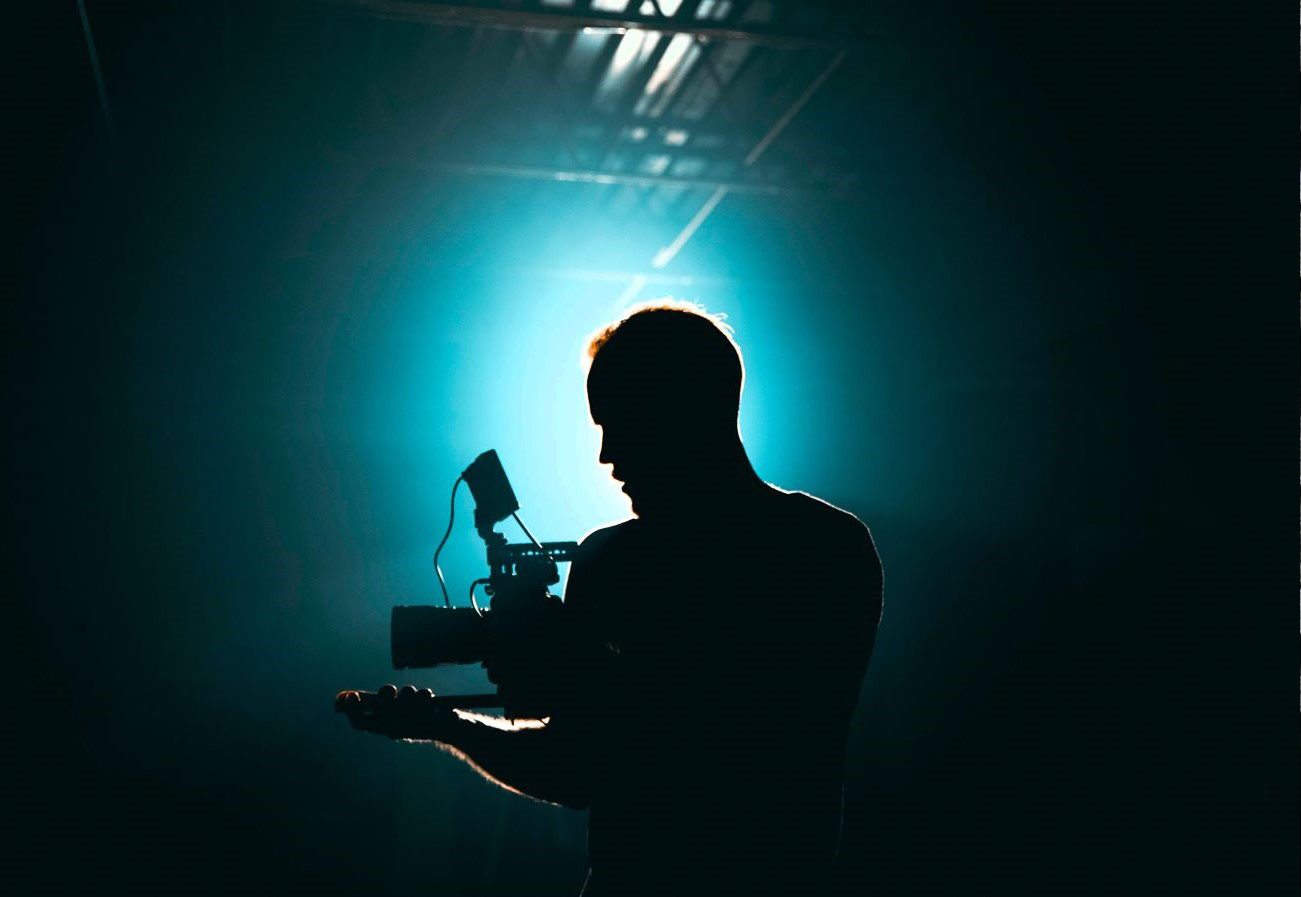Video, especially short-form video, is considered the
most engaging form of social media
content. And B2B marketers have rated video as the
most effective type of B2B content
(replacing case studies).
Social media channels also like video because it increases average time spent on their sites
(making them look good to advertisers).
If you're a B2B business, I'm not saying you need to go all in on video (most B2B brands still
suck at it), but I am saying that as video proliferates on all
social media,
and as video increasingly becomes table stakes marketing, you should be exploring how to take
advantage.
Though this is easier said than done. Most B2B orgs can't just vomit smartphone-shot nonsense
onto LinkedIn and expect the results they want (at least not when the brand's logo is on it).
And good-quality, professionally-made video costs money, often an order of magnitude more
than good-quality, professionally-written content.
So you need ways to either create video content more affordably, maximize its
utility, or both, especially since YouTube is the
second-most used B2B social media
channel by B2B marketers and their clients, And I'm here to help with both.
Video Content Can Help at Every Content Marketing Funnel Stage
B2B social media marketing is generally considered an
awareness tactic, at least
organically, but video can boost your
consideration output and
lead-gen success on social
as well, if you do it right.
No-Host Off-Camera Video Interviews Are Good for Awareness
Content with a human touch works best on social media and having at least some awareness
content with a real-live subject matter expert (
SME) talking gives people more reasons to follow you than simply
having a bunch of written content (that may have been authored by
AIs or SEO-savvy freelance
writers instead of real SMEs).
LinkedIn is cluttered with video podcasters touting the utility of their two-way long-form
interview format, but despite their omnipresence, finding a good podcast host is challenging.
Filling up what would otherwise be dead air with lively banter and interacting well with
guests and making them feel at ease and engaged is a rare skill, even among people who
otherwise speak well or look good on camera. And even if you do find one (and can afford them),
the format has other limitations.
It's not that I think podcast interviews don't work. I think they can be quite good in
audio-only format, especially if the audience isn't the sort that always works at a desk.
But for video, having two people talking to each other on camera can create problems, which is
why I think more businesses should go old school and focus more on straight off-camera video
interviews, with a guest answering questions more or less directly into the camera, and no
one (seen or heard) hosting the video. I like this format for several reasons.
It's Less Resource Intensive
This format is often cheaper and easier to do well than podcasts (which depend on two people,
often in two different locations, not screwing up or encountering technical problems instead
of just one person).
Audiences Have Become Less Demanding
Now that we're all more accustomed to remote video calls and webinars and so forth,
video interviews don't necessarily need to be produced with the same level of "in the
studio" professionalism that they were in the past.
The Pauses Created Are Convenient
Without a host, questions must be presented to the viewer in text format before and between
answers, with the latter providing convenient visual pauses that break up the interview,
making them feel shorter.
It's Easy To Edit
This format is extremely versatile in terms of how it can be edited. With only one
person talking, you have a lot of freedom in how you can cut and splice footage, certainly a
lot more than if two people are talking on camera.
When two people talk to each other, sometimes they talk over each other, making those spots
hard to deal with during editing.
And when the interview questions aren't seen or heard on camera, you can actually change
the on-screen question if the interviewee doesn't really answer the original question asked
(a common problem in interviews). In other words, you can change the question in
post-production to better match the answer (assuming the interviewee approves).
This versatility can get you a lot of mileage out of no-host off-camera interviews. On one
project I've worked on, where about ten different people were interviewed without a host,
answering questions about similar groups of topics, I was able to produce 30 different videos
that were 2-3 minutes each, with each video focused on a different theme, topic, or person.
Short Explainer Videos Are Good for Consideration
Consideration is the middle child of
content marketing (i.e., it tends to be neglected
compared to the other funnel stages). However, one good way you can talk more about your
products (and their key features) on social media is to publish short instructional
videos on how to use key features (or how to use new features).
And this might not sound sexy, but one company that likes to do this is
Microsoft, and
I consider them a company worth emulating when it comes to
content marketing.
And the beauty of it is that these explainer videos don't even look like you're selling,
they look like you're serving, and if you're a
small or medium-sized company, it
potentially makes it look like you've got more customers out there than you actually do,
which can be a very good thing.
And the even greater beauty of it is you might already be making this stuff, just
presently buried somewhere in the customer support or user center section of your website.
For Better B2B Lead-Gen, Try Storytelling
One of the big problems with B2B product/solution videos is they tend to just read key
features out loud for three minutes. This is a flawed way to use video, for two reasons.
One, it's inefficient. People can read over 600 words of text in three minutes (which is
a full product page), but a voice in a video can only speak at about half that speed.
And two, a disembodied voice reading off speeds and feeds is just plain boring. It's
easier to get away with a dull product/solution video during the pitch, when the audience
is trapped in the same room with you, and sales is there to liven things up.
But when it comes to lead-gen on social media, you've got to be more audience-friendly,
and people are accustomed to videos that provide instructions or tell stories. And we've
already got instructions covered in consideration, so for lead-gen let's try focusing on
storytelling.
Introduce an animated
hero and have them go about their workday, solving problems using
your product. And the animation doesn't have to be tremendously sophisticated. You
can keep it simple, provided it has some style, and that the script and presentation are
engaging and/or humorous.
A nice little animated story can be a way to stand out from the boring AF product videos
your competitors use, or in social media video marketing more generally, and
standing out
is something most B2B brands desperately
need, making it worth investing a little money in.
Should Your Brand Get Into LinkedIn Vertical Videos?
Vertical videos, mostly focused on a single person talking straight into the camera for
a few minutes, are becoming a thing on LinkedIn. I can think of two use cases where this
would be okay.
One, when you're a small founder-led business just starting out, the added reach from
putting your founder on camera can't hurt, because the amateurishness can't hurt your
brand when you have no brand yet to damage.
And two, when you're a larger business and recruitment is more of a concern, you might
want to consider
office influencers, which are rank-and-file employees who essentially
video blog (vlog) while working at your company.
Such content might focus on the product and how it's made (which would be consideration
content), or it might focus on the culture and day-in-the-life stuff.
Both types of content can travel well on LinkedIn, and might also serve as fodder for a
B2B brand's first small steps onto any and all of the short-form video-focused channels
young people are on today.


